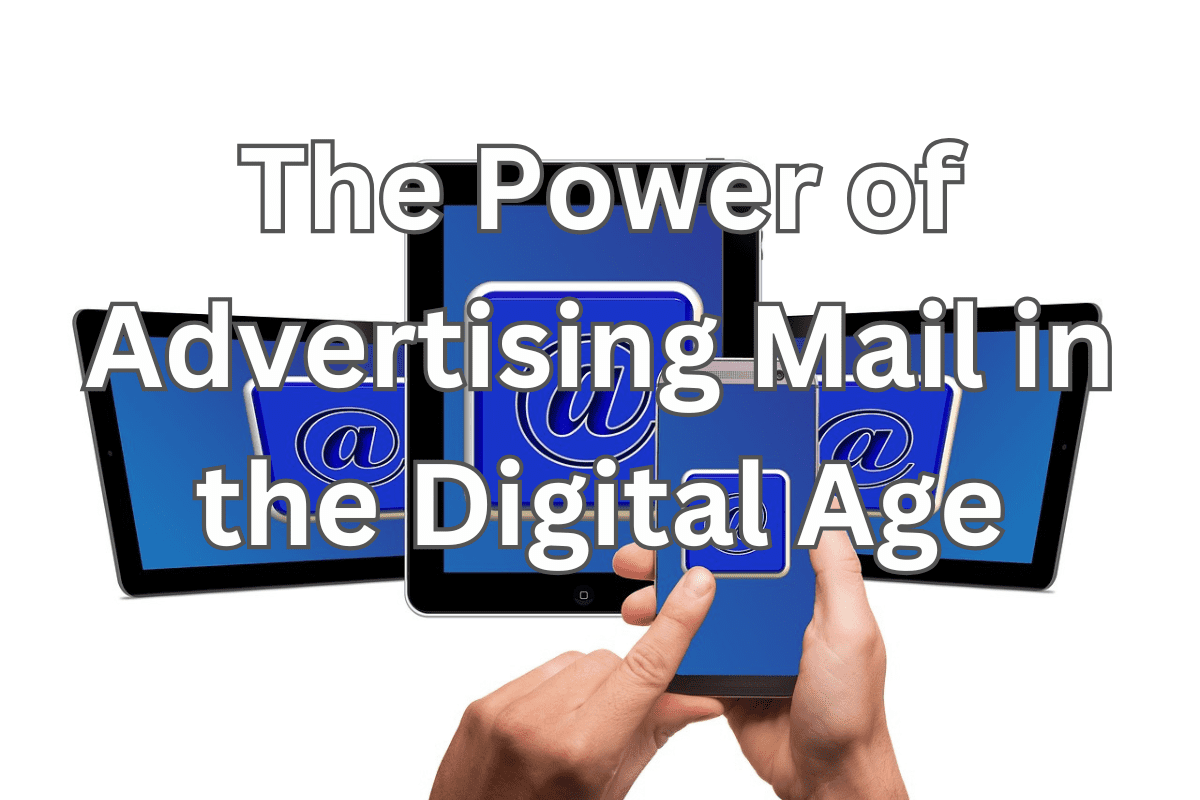In an era dominated by digital marketing, where brands compete fiercely for consumer attention, one traditional channel remains a powerful asset: advertising mail.
Often overlooked by media agencies, advertising mail has been quietly proving its effectiveness as a complement to digital campaigns. By adding a tangible and personal touch, it enhances engagement, increases recall, and drives measurable results.
The Unique Benefits of Physical Mail
Unlike digital ads that can be ignored or deleted in seconds, physical mail commands attention.
According to the Data & Marketing Association (DMA), direct mail boasts an open rate of 90%, compared to email’s average open rate of just 20-30% (DMA, 2021). This stark difference highlights the potential of direct mail in capturing initial consumer interest and encouraging further interaction with digital channels.
Additionally, a 2020 study found that physical mail is 35% more likely to provoke an emotional response than digital advertising.
The tactile nature of mail stimulates different areas of the brain, making it more memorable and fostering a deeper connection between the consumer and the brand. This multi-sensory engagement is something digital advertising alone cannot achieve.
Bridging the Gap Between Physical and Digital
Advertising mail is not just a standalone tool; it can act as a seamless bridge between the physical and digital worlds.
Technologies such as personalised URLs (PURLs), QR codes, and Near Field Communication (NFC) tags can be embedded in mail pieces to direct recipients to relevant online experiences.
A simple QR code on a direct mail flyer, for instance, can lead customers to a customised landing page where they can learn more, sign up for a service, or complete a purchase.
Campaigns that integrate direct mail with digital advertising achieve a 40% increase in response rates compared to digital-only campaigns (MarketReach, 2021). This highlights the power of a well-orchestrated multi-channel strategy that leverages both physical and digital engagement to drive conversions.
The Power of Personalisation in Advertising Mail
One of the greatest advantages of integrating advertising mail into digital campaigns is the ability to personalise messaging based on data-driven insights.
By leveraging customer analytics from CRM systems, website tracking, and social media interactions, brands can craft tailored mail pieces that align with consumer preferences and behaviours.
Personalised direct mail has been shown to deliver a 29% higher return on investment (ROI) compared to generic mail (InfoTrends, 2019).
This means that businesses can significantly enhance their marketing effectiveness by aligning direct mail with digital audience insights, ensuring that messages are not only seen but also resonate with recipients on a personal level.
Success in Action: The John Lewis Christmas Campaign
A prime example of the successful integration of direct mail and digital advertising is the John Lewis Christmas campaign.
By sending out personalised direct mail pieces featuring QR codes that linked to exclusive online content and promotions, John Lewis saw a 27% increase in in-store footfall compared to the previous year.
This case study underscores how combining direct mail with digital channels can create an immersive and highly effective marketing experience.
Conclusion: The Future of Integrated Marketing
As the marketing landscape continues to evolve, the synergy between advertising mail and digital channels is becoming increasingly essential.
By combining the personal, tangible nature of direct mail with the precision and scalability of digital marketing, brands can create highly engaging, results-driven campaigns.Marketers who embrace this integrated approach stand to benefit from higher engagement, better recall, and improved ROI.
In a world where digital noise is ever-present, advertising mail offers a unique and effective way to cut through the clutter, connect with audiences, and drive lasting impact.









